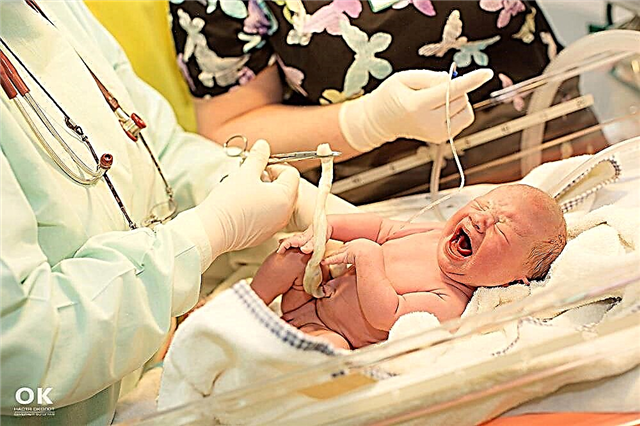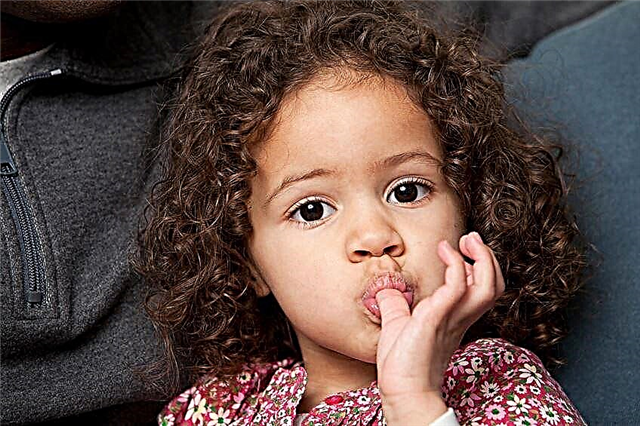
Any ailments in a nursing baby cause anxiety and anxiety in parents. However, quite healthy babies also have some symptoms, such as a runny nose. In this case, it is called physiological.

What is it?
The physiological includes a runny nose, which is natural for a child's body in the first months of life. It appears as a result of the adaptation of a newly born baby to breathing through the nose.
While intrauterine oxygen was supplied to the baby from the mother's blood, the respiratory tract did not take part in the breathing process. And immediately after birth, the glands of the nasal mucosa do not function, since during their stay in the mother's womb there was no need to moisturize the nasal cavity.

When the baby begins to breathe, it becomes necessary to cleanse, warm and moisturize the air entering the lungs. The glands of the nasopharynx are responsible for this, and, since their work is not yet regulated, mucus in the nose begins to be produced in excess.
As soon as the feedback is turned on (the body “understands” that so much mucus is not required to moisturize the nasal cavity), mucus production decreases and the runny nose goes away on its own. Provided that the parents do not interfere with this natural process.
Symptoms
It is possible to determine that the baby has a physiological rhinitis by the following signs:
- The general state of health of the baby is not disturbed.
- The baby is breastfeeding or drinking formula from a bottle normally.
- The kid sleeps well.
- No fever or cough.
- The discharge looks like light transparent mucus. It comes out in small quantities, but most of the mucus remains in the nose.
- The child breathes freely through his nose (there is no swelling of the mucous membrane).
- During feeding, the baby begins to sniff and "squish" with its nose.

How long does it take?
The average duration of a physiological rhinitis in infancy is 8-10 weeks. Often, by the age of three months, all symptoms of such a problem disappear completely. If in the room where the baby stays, all conditions facilitate the production of mucus, a runny nose can go away in a few days. The optimal parameters for a newborn's room are 50-60% humidity and a temperature not higher than +20°FROM.
With excessively dry air or excess dust in the room, the duration of the rhinitis is delayed.

How to treat?
If the baby's runny nose is indeed physiological, the doctor will recommend providing enough humid, clean and cool air in the room where the baby is. Parents need:
- Wet mop regularly to reduce dust in the room and to keep the air that your baby breathes clean.
- Remove carpets, books, soft toys and houseplants from the newborn's room, that is, all objects that can accumulate dust.
- Regularly ventilate the room and control the air temperature in it, maintaining it at an optimal level for the child's breathing.
- Laying the baby for a nap in the fresh air.
- Bury the baby's nose with solutions based on sodium chloride or sea water. Such solutions include saline, Salin, Aquamaris, Aqualor. It is important to note that such funds should be instilled, and sprays should not be used at an early age.
- Purchase a humidifier that will help you set the desired humidity in the room.
- If no humidifier is available, hang a damp cloth around the room or place containers filled with water.
- If your baby has a lot of mucus to breathe, you can fill the tub with hot water and then bring your baby there for a few minutes so that the baby can breathe in the wet steam.

In the program Children's Doctor, pediatrician Dmitry Chesnov and Natalya Navrotskaya, a newborn care consultant, will tell parents what a physiological runny nose is in an infant, show how to properly hygiene children's noses, and teach them how to remove mucus from the nose using an aspirator.
What can’t be done?
With a physiological rhinitis in an infant, vasoconstrictor drugs should not be instilled into the nose, mucus should not be sucked out of the baby's nose with an aspirator or a small enema.
Such treatment will dry out the mucous membrane, giving it a signal for even more activity of the glands. Accordingly, more mucus will appear, and the duration of the runny nose will increase.

Can I walk?
Since the well-being of a baby with a physiological rhinitis is not disturbed, there is no reason forcing to keep the baby at home and refuse daily walks. Moreover, on the street, the baby will breathe fresh clean air, which will have a beneficial effect on the condition of the nasal mucosa. So most pediatricians support the idea of walking with a baby if he has a runny nose. You just need to dress the baby for the weather.
Warning signs
Parents should see a doctor if:
- Physiological rhinitis did not end by the end of the third month of life.
- The baby's body temperature increased.
- The kid refuses food and drink.
- The baby has shortness of breath.
- The selection is not transparent, but has acquired a yellow or green tint.
- An admixture of blood appeared in the mucus.
- The baby loses weight as a runny nose prevents the baby from sucking milk.
- Painful ulcers appear on the wings of the nose or on the surface of the mucous membrane.

Watch the following video in which Dr. Komarovsky talks about how to treat a cold.



